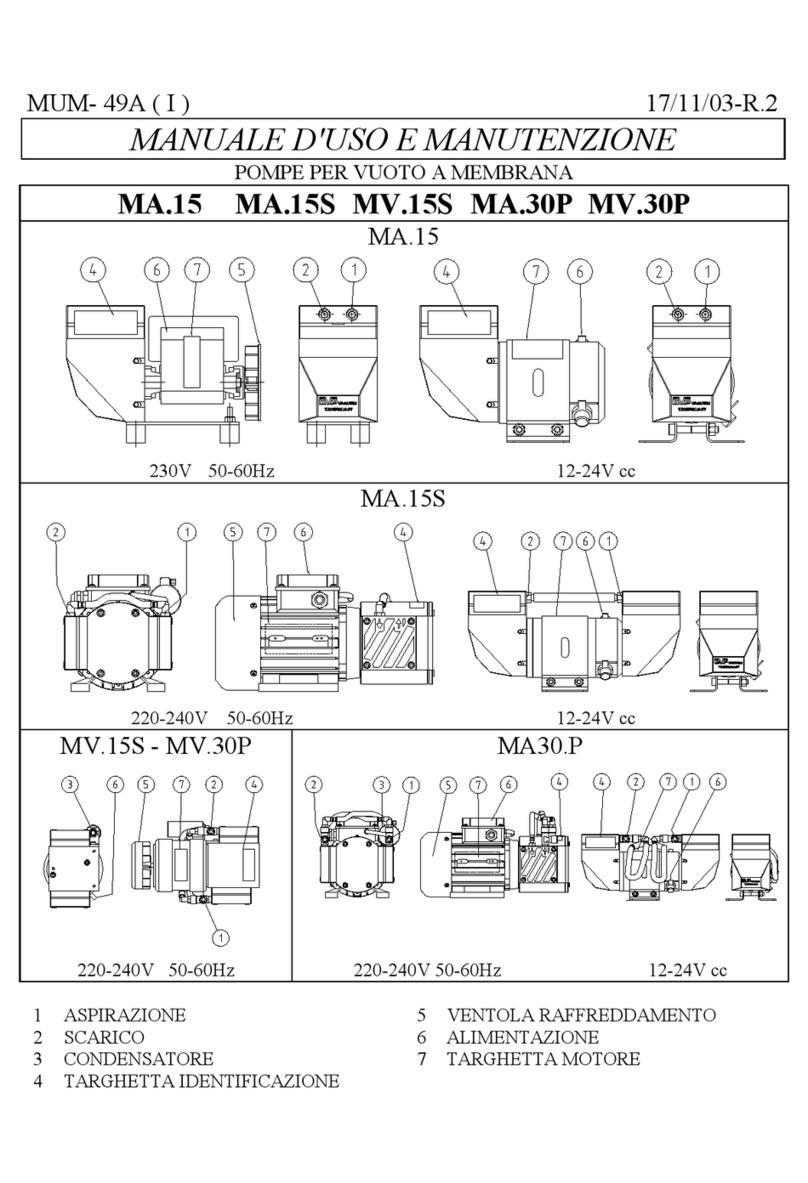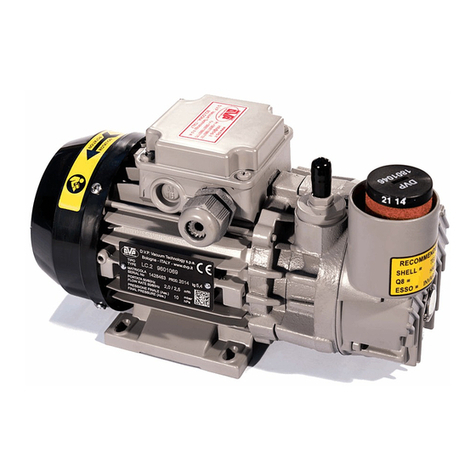
EN
Operating and Maintenance Instructions
DC.16DEX
1
8702042 – 01/10/2014 – .4 www.dvp.it
INDEX
1
INTRODUCTION .................................................................................................................................................... 2
1.1
GENERAL
INFORMATION.............................................................................................................................. 2
1.2
MANUFACTURER
INFORMATION ................................................................................................................ 2
1.3
METHOD
OF
CONSULTATION ...................................................................................................................... 2
1.4
PERSONNEL
QUALIFICATIONS .................................................................................................................... 2
1.5
PERSONAL
PROTECTION
EQUIPMENT ...................................................................................................... 3
1.6
INFORMATION
PLATE ................................................................................................................................... 3
1.7
MARKING ........................................................................................................................................................ 3
2
SAFETY ................................................................................................................................................................. 4
2.1
GENERAL
WARNINGS ................................................................................................................................... 4
2.2
RESIDUAL
RISKS ........................................................................................................................................... 4
2.3
PICTOGRAMS ................................................................................................................................................. 5
3
PUMP DESCRIPTION ........................................................................................................................................... 6
3.1
INTENTED
USE
AND
CONTRAINDICATIONS ............................................................................................... 6
3.1.1
INTENTED USE ........................................................................................................................................... 6
3.1.2
CONTRAINDICATIONS ............................................................................................................................ 6
3.2
NOISE
EMISSION ........................................................................................................................................... 6
3.3
DIMENSIONS
AND
CHARACTERISTICS ....................................................................................................... 7
4
INSTALLATION ..................................................................................................................................................... 8
4.1
RECEIPT
AND
CONTENT
VERIFICATION .................................................................................................... 8
4.2
PACKAGING ................................................................................................................................................... 8
4.3
TRANSPORT
AND
HANDLING ....................................................................................................................... 8
4.4
STORAGE ....................................................................................................................................................... 8
4.5
ENVIRONMENTAL
CONDITIONS ..................................................................................................................
4.6
PUMP
INSTALLATION ....................................................................................................................................
4.7
MOTOR
INSTALLATION ............................................................................................................................... 10
4.8
USER
SYSTEM ............................................................................................................................................. 10
4.
CONNECTION ............................................................................................................................................... 10
4. .1
INTAKE AND OUTLET CONNECTIONS ................................................................................................ 10
4. .2
WIRING ................................................................................................................................................... 11
5
OPERATING INSTRUCTIONS ............................................................................................................................ 12
5.1
OPERATION .................................................................................................................................................. 12
5.1.1
FILLING THE OIL TANK ............................................................................................................................ 12
5.1.2
START-UP .............................................................................................................................................. 12
5.1.3
OIL CLEANING ....................................................................................................................................... 13
5.1.4
STOP....................................................................................................................................................... 13
6
MAINTENANCE ................................................................................................................................................... 14
6.1
GENERAL
WARNINGS ................................................................................................................................. 14
6.2
MAINTENANCE
TABLE ................................................................................................................................ 14
6.2.1
CHECK OIL LEVEL ................................................................................................................................. 14
6.2.2
CHANGE OIL .......................................................................................................................................... 15
6.2.3
CHECK AND CLEAN GAS BALLAST ..................................................................................................... 15
6.2.4
CLEAN MOTOR FAN GUARD AND CLEAN THE PUMP ...................................................................... 15
6.2.5
CHANGE VANES .................................................................................................................................... 15
6.3
SPARE
PARTS .............................................................................................................................................. 16
7
HOW TO RETURN THE PUMP ........................................................................................................................... 17
8
DISMANTLING .................................................................................................................................................... 18
9
TROU LESHOOTING ......................................................................................................................................... 19

































